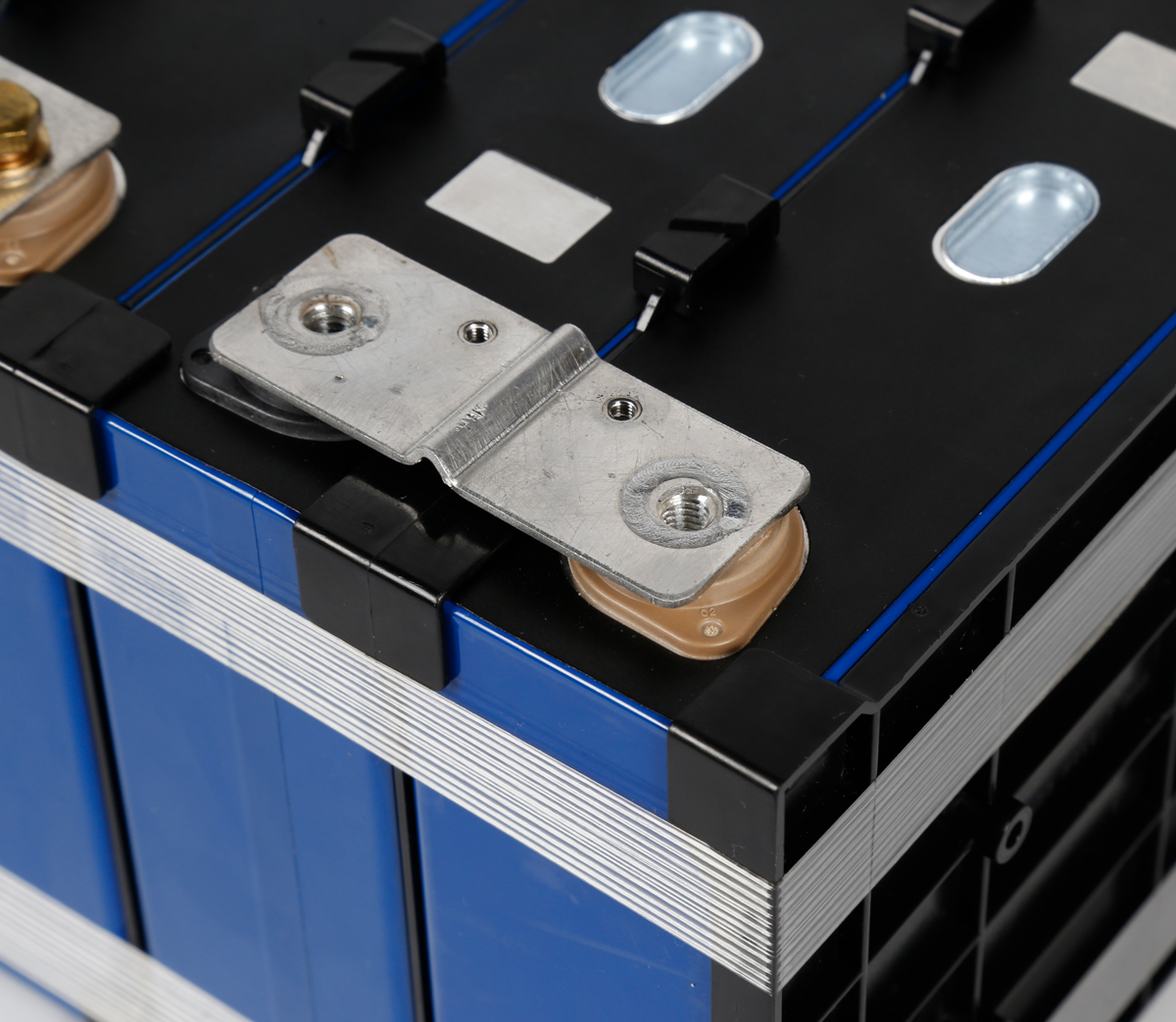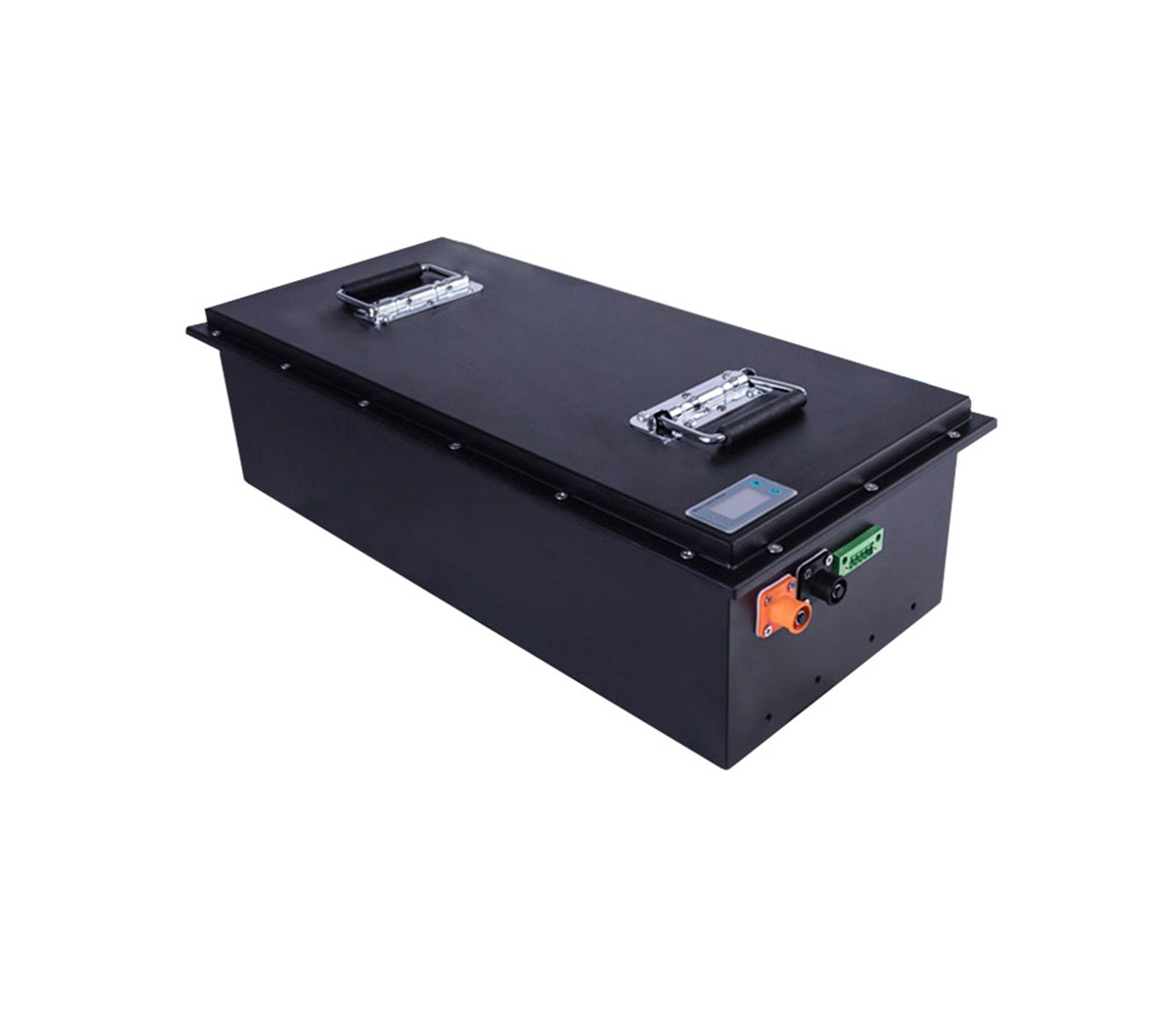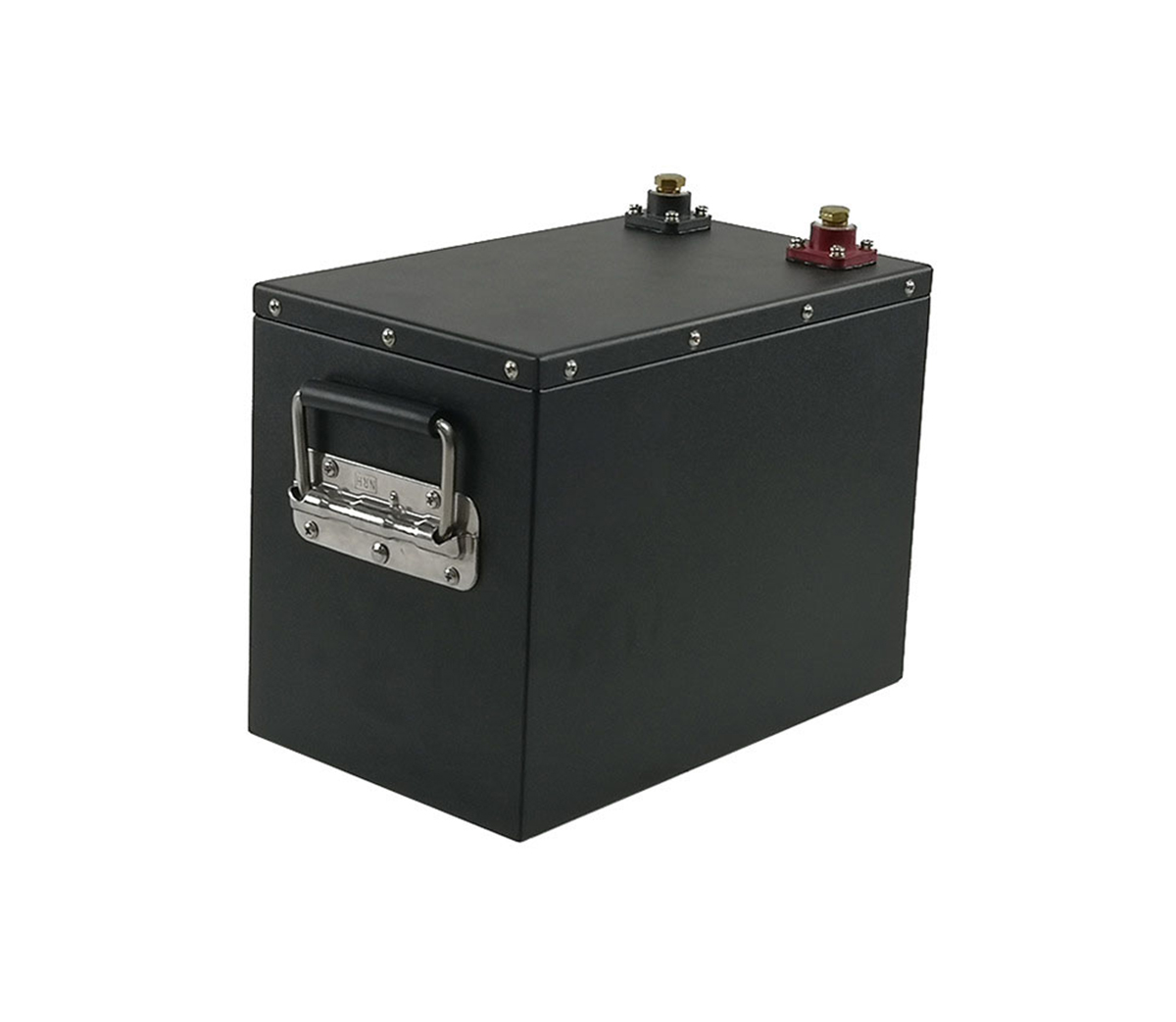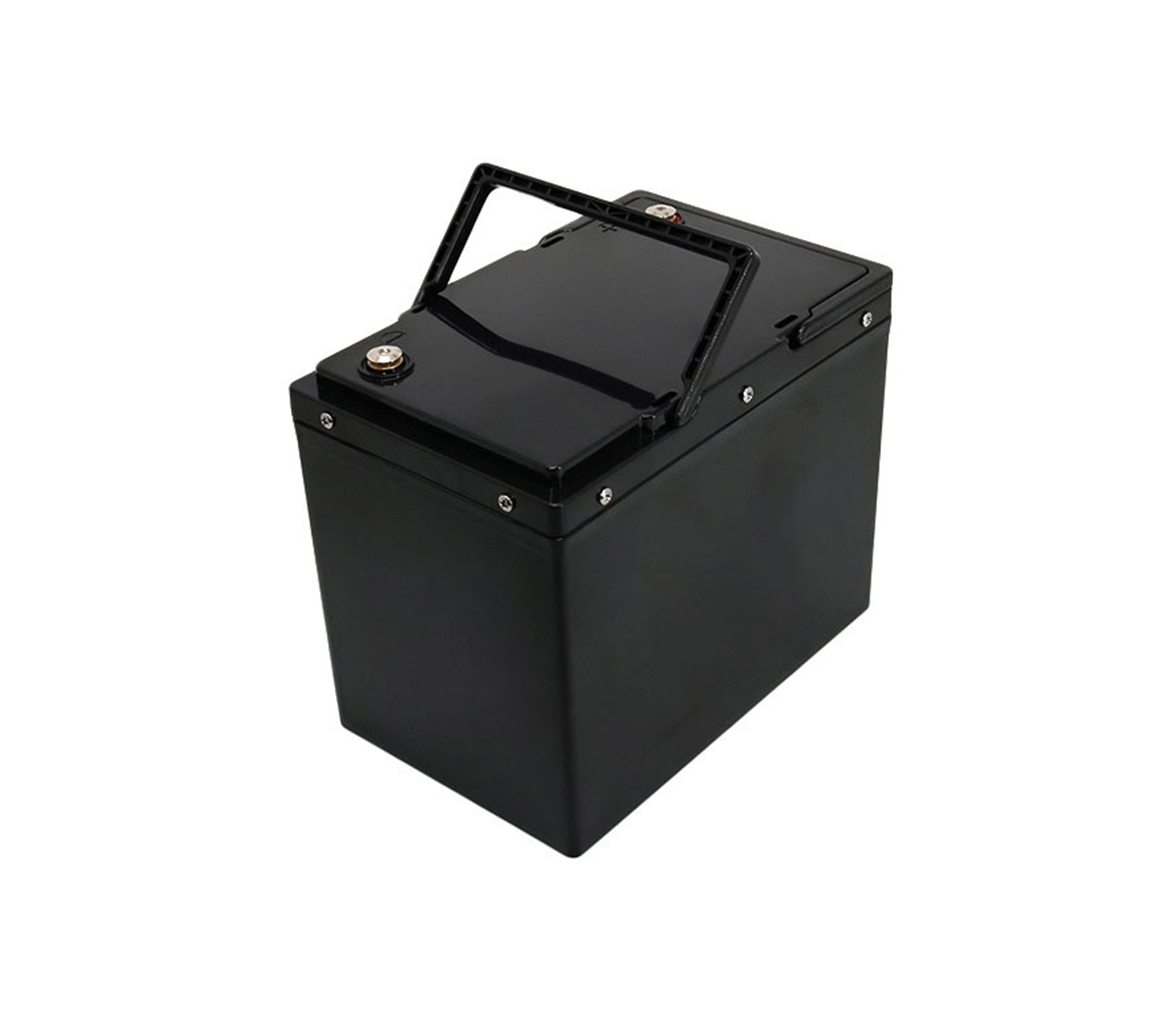
How can electronic consumer products such as mobile phones and notebook
computers be lighter and thinner, and how can electric vehicles have a longer
range of power in the limited car body space... With the increasing demand for
energy storage, the performance of secondary batteries is also affected. Put
forward higher and higher requirements. Nanotechnology can make batteries
"lighter" and "faster", but due to the lower density of nanomaterials, "smaller"
has become a problem facing researchers in the field of energy storage.
How can electronic consumer products such as mobile phones and notebook
computers be lighter and thinner, and how can electric vehicles have a longer
range of power in the limited car body space... With the increasing demand for
energy storage, the performance of the secondary battery is also affected. Put
forward higher and higher requirements. Nanotechnology can make batteries
"lighter" and "faster", but due to the lower density of nanomaterials, "smaller"
has become a problem facing researchers in the field of energy storage.
The research team of Professor Yang Quanhong, a winner of the National
Science Fund for Distinguished Young Scholars and Tianjin University's School of
Chemical Engineering, proposed the "sulfur template method". Through the design
of the anode material for high-volume energy density lithium-ion batteries, the
"tailor-made" coating of active particles by graphene was finally completed.
Make lithium-ion batteries "smaller" possible. The results were published online
on "Nature Communications" on January 26.
As the most widely used secondary battery at the moment, lithium ion
batteries have a very high energy density. Non-carbon materials such as tin and
silicon are expected to replace the current commercial graphite as a new
generation of negative electrode materials, greatly increasing the mass energy
density (Whkg-1) of lithium-ion batteries, but their huge volume expansion
severely limits their volume performance advantages. The carbon cage structure
constructed by carbon nanomaterials is considered to be the main means to solve
the problem of huge volume expansion of non-carbon anode materials when
intercalating lithium; The density is greatly reduced, which limits the
volumetric performance of the lithium-ion battery's negative electrode.
Therefore, the precise customization of the carbon cage structure is not only an
important academic problem, but also the only way for the industrialization of
new high-performance anode materials.
Professor Quanhong Yang’s research team and collaborators from Tsinghua
University, National Nano Center, and Japan’s National Institute of Materials
have made breakthroughs in the design of high-volume energy density lithium-ion
battery anode materials. Based on graphene interface assembly, they invented
precise customization of dense porous carbon cages. Sulfur template technology.
In the process of using capillary evaporation technology to build a dense
graphene network, they introduced sulfur as a flowable volume template to
customize the graphene carbon coat for non-carbon active particles. By
modulating the amount of sulfur template used, the three-dimensional graphene
carbon cage structure can be precisely adjusted to achieve a "fitting" coating
of the size of non-carbon active particles, so as to effectively buffer the huge
volume expansion of lithium intercalation of non-carbon active particles. The
negative electrode of ion battery exhibits excellent volume performance.
The sulfur template method is proposed, in the three-dimensional graphene
dense network, clever use of sulfur like "transformers" like fluidity,
amorphous, and easy to remove characteristics, to achieve the same effect on
non-carbon active particles inside the carbon cage structure. Tight coating of
tin oxide nanoparticles. Compared with the traditional "shape" template, the
biggest advantage of the sulfur template is that it can play the role of a
plastic volume template, so that the compact graphene cage structure can provide
a conformable and accurately controllable size reserve space, and finally
complete the target The "tailor-made" of active tin dioxide. This kind of
carbon-non-carbon composite electrode material with suitable reserved space and
maintaining high density can contribute extremely high volumetric specific
capacity, thereby greatly increasing the volumetric energy density of
lithium-ion batteries and making lithium-ion batteries smaller. This
"tailor-made" design idea can be extended to a universally applicable
next-generation high-energy lithium-ion battery, lithium-sulfur battery,
lithium-air battery and other electrode materials construction strategies.
Professor Yang Quanhong’s research team has made a series of important
progress in the field of compact energy storage that emphasizes the volume
performance of the device in recent years. It invented the capillary evaporation
densification strategy of graphene gel, which solved the problem of high density
and porosity of carbon materials. The bottleneck problem of "not having both" is
to obtain high-density porous carbon materials; in pursuit of the small size and
high capacity of energy storage devices, high-volume energy-density energy
storage devices are proposed from five aspects: strategies, methods, materials,
electrodes, and devices. Based on the design principles of supercapacitors,
sodium-ion capacitors, lithium-sulfur batteries, lithium-air batteries and
lithium-ion batteries, the construction of high-volume energy storage materials,
electrodes, and devices has been realized, laying the foundation for the
practical application of carbon nanomaterials. Vigorously promote the practical
process of new electrochemical energy storage devices based on carbon
nanomaterials.



































